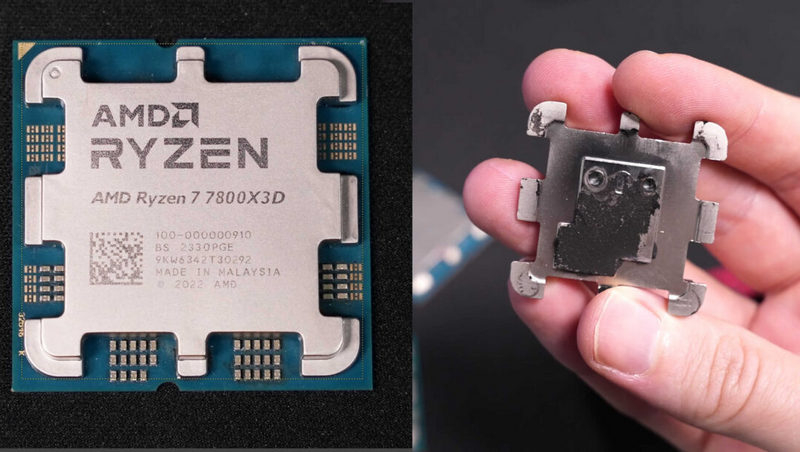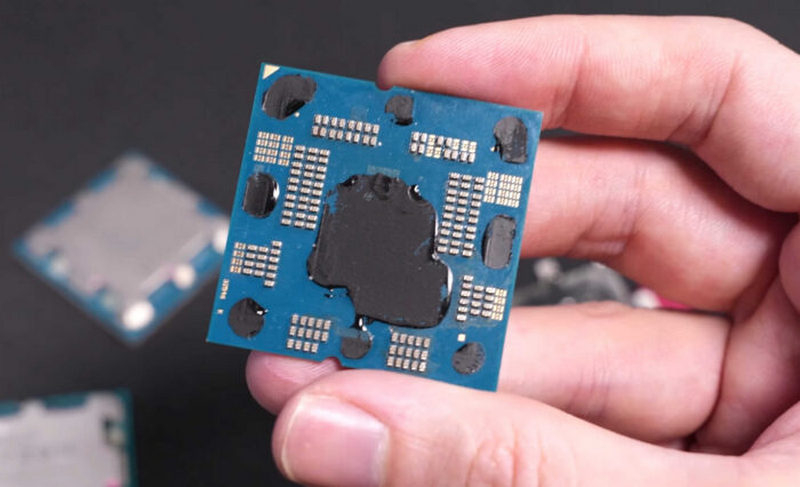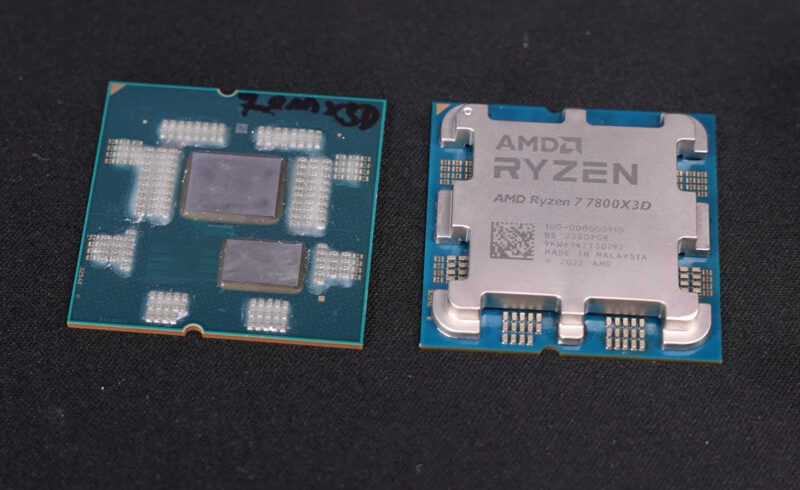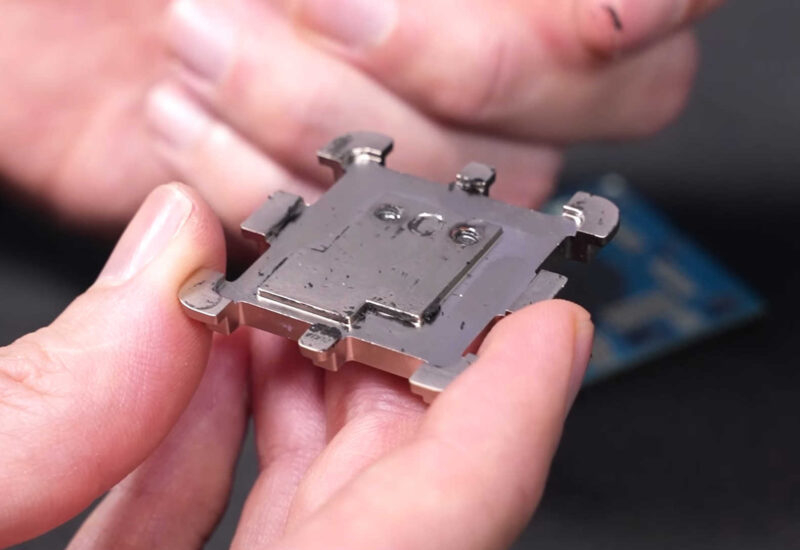Well-known computer enthusiast and blogger Roman “Der8auer” Hartung spoke about fraud with the most popular AMD processor. A dishonest private seller sold a Hartung subscriber a fake Ryzen 7 7800X3D that doesn’t work at all. An enthusiast bought a fake to study and told how to distinguish a real processor.

Image source: der8auer
The counterfeit processor was purchased in Romania through the OLX classifieds platform (the European equivalent of Avito). This site does not allow customers to return items if they were purchased from individuals. However, there is a protection system in place that allows buyers to make claims against sellers if the item delivered is fraudulent, ensuring that the scammer never gets paid. Unfortunately, some buyers, in an attempt to save money, often transact directly with sellers outside the platform.
It is worth noting that the sale of counterfeit processors has been practiced by scammers for a very long time and there are several methods of such fraud. Sometimes the buyer receives a completely different processor than the one he ordered; sometimes it’s a laser-etched chip, and there are times when the heat spreader cover (IHS) is installed on an empty substrate that never contained cores.

The first obvious sign of a fake for the Der8auer was the lack of glue on the capacitors surrounding the IHS. It is important to note that this glue is not present on Ryzen 7000 processors, but is present on the Ryzen 7000X3D series chips, as well as the new Ryzen 9000. The fake capacitors were clean, which was the first clue that something was wrong.

On the left is a real Ryzen 7 7800X3D, on the right is a fake one
Another sign of a fake was the color of the PCB substrate. The color of the fake 7800X3D was more bluish compared to the typical green hue of real Ryzen 7000 processors, which further increased suspicion. However, the 9000 series processors have a blue base color, so this rule does not apply to all AM5 processors. Der8auer, as a professional overclocker, also noticed that the counterfeit PCB is much thinner than that of the original Ryzen processor. In fact, once installed, the processor was too easy to lock onto the AM5 case.

Der8auer confirmed that the processor was not working by installing it on the motherboard. He then performed an autopsy on the chip, revealing missing crystals on the substrate and a modified metal cover. The latter is made to imitate the design of a real processor – on its inner side there are protrusions that imitate processor crystals.
The expert admitted that it was a very high-quality fake: everything from the design to the placement of the capacitors was correct. Even the serial number on the box matched the number of the fake processor. However, the scammers weren’t able to reproduce all the details perfectly, and there were a few obvious signs that something was wrong.
Why was the Ryzen 7 7800X3D chosen for counterfeit? This is AMD’s most popular gaming processor, and since its price has not changed for a long time, scammers are taking advantage of the fact that gamers are trying to save money.